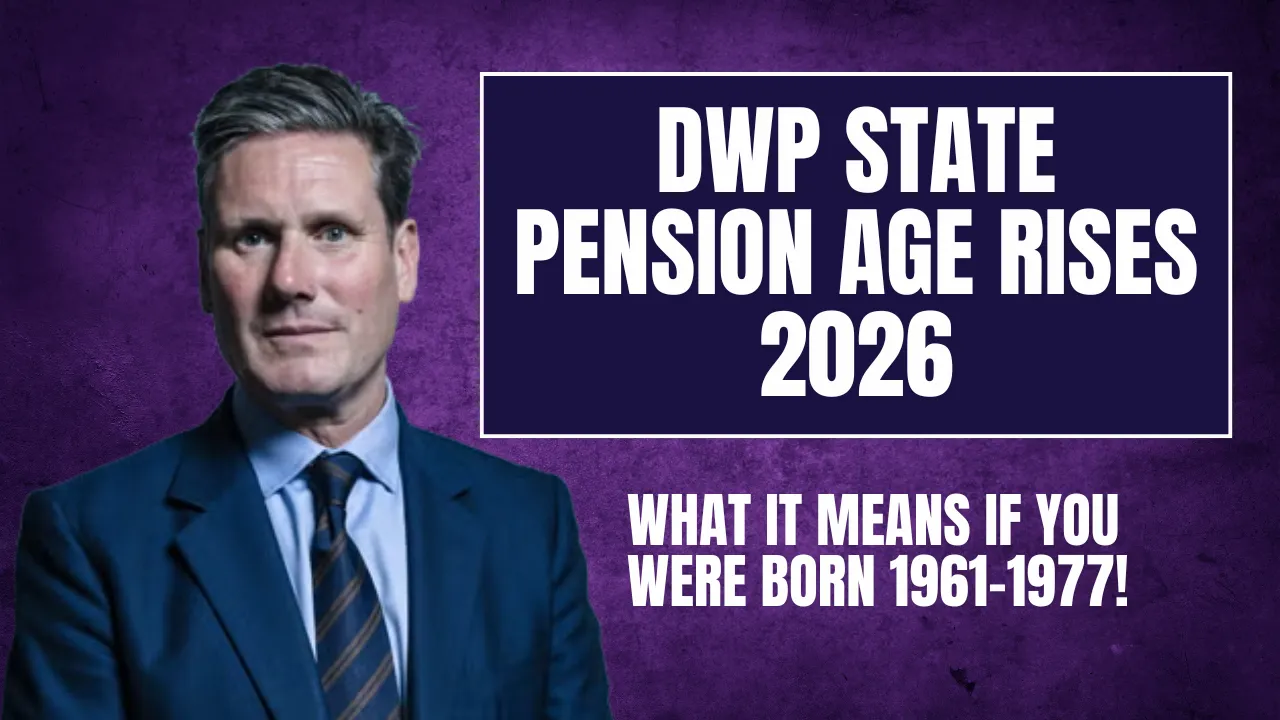For decades, the age of 65 marked a key milestone for retirement planning in the United States. It symbolized the age when most people expected to leave the workforce and begin receiving full Social Security benefits. However, times have changed, and so have the rules. Rising life expectancy, economic pressures, and policy changes have led the U.S. government to gradually shift the full retirement age upward.
Today, many Americans are discovering that 67 is no longer full retirement age for everyone. This adjustment affects millions of workers—especially those born after 1959—and plays a critical role in when and how you should claim your Social Security benefits. Understanding the new rules can help you create a smarter and more secure retirement strategy.
Social Security New Retirement Age
The Social Security New Retirement Age reflects updates from previous legislation intended to keep the program financially stable. These changes gradually increased the full retirement age (FRA) based on birth year. For example, if you were born in 1959, your FRA is now 66 years and 10 months. If you were born in 1960 or later, your FRA has been raised to 67. This shift means you’ll receive reduced monthly benefits if you claim before reaching that specific age. On the other hand, delaying your benefits beyond your FRA could significantly increase your monthly payments. It’s essential to understand your specific FRA and how it impacts your financial future.
Overview Table
| Birth Year | Full Retirement Age (FRA) | Reduction If Claimed at Age 62 | Increase If Delayed to Age 70 |
| 1958 | 66 years, 8 months | ~28.3% | Up to 32% more |
| 1959 | 66 years, 10 months | ~29% | Up to 32% more |
| 1960 or later | 67 years | ~30% | Up to 32% more |
What’s Changing in Social Security’s Full Retirement Age?
The Social Security Amendments of 1983 introduced a gradual increase in the FRA. This was meant to extend the financial longevity of the program by adjusting eligibility in line with longer life expectancies. People born in 1960 or later now face an FRA of 67—a significant shift from the traditional age 65. If you decide to retire at 62, the earliest age for claiming Social Security, your monthly check will be permanently reduced—by up to 30% for younger generations.
On the flip side, if you delay claiming benefits until age 70, you’ll earn delayed retirement credits, increasing your benefit by 8% annually. That can add up to a 32% higher monthly payment, providing more income in your later years.
How to Bridge the Gap Before Reaching Full Benefits
Planning to retire before your FRA? You’ll need a clear income strategy. Many Americans opt to leave the workforce before they qualify for full benefits. Here are practical ways to bridge the financial gap:
Phased Retirement
Consider working part-time or negotiating a reduced schedule. A few days a week can generate enough income to cover basics and delay Social Security claims.
Build a Cash Runway
Save at least 18–24 months of living expenses in a high-yield savings account. This gives you time to wait for full or delayed benefits without draining investments early.
Monetize Unused Assets
Have an extra room? Rent it out. Got an unused garage or driveway? Lease it to neighbors. Small assets can generate meaningful passive income.
Bridge Jobs with Benefits
Retailers like Costco or Trader Joe’s offer part-time roles with medical coverage. These are ideal for retirees seeking health benefits before Medicare eligibility at 65.
Tax-Efficient Withdrawal Strategies
Smart tax planning can stretch your retirement funds significantly:
- Withdraw from taxable accounts first to avoid penalties and let tax-deferred accounts grow longer.
- Use Roth IRA contributions if available—these can be accessed tax-free and without penalty at any age.
- Keep your MAGI (Modified Adjusted Gross Income) low to qualify for Affordable Care Act subsidies before Medicare.
- Consider part-time self-employment—consulting, tutoring, or selling handmade goods online can bring in extra cash without full-time commitments.
Planning for Possible Future Changes
There’s growing discussion in Washington about raising the FRA even further—to 68 or 69—as Social Security faces long-term funding challenges. Though nothing has passed into law yet, preparing for this possibility can protect your future.
How to Prepare:
- Stay flexible and open to working longer
- Increase emergency savings
- Diversify income streams
- Monitor legislative updates regularly
Adaptability is a vital part of a modern retirement plan.
Final Thoughts
The fact that 67 is no longer full retirement age for everyone may come as a surprise—but it’s a critical reality for today’s workforce. Knowing your personal FRA and understanding the implications of early or delayed claims can dramatically affect your retirement income.
The sooner you start planning, the better your chances of retiring with confidence. Consider your health, work satisfaction, savings, and long-term goals. Whether you aim to retire at 62, 67, or 70, the right strategy will help you live comfortably and on your terms.
FAQs
1. What is the full retirement age for someone born in 1959?
If you were born in 1959, your full retirement age is 66 years and 10 months.
2. How much are Social Security benefits reduced if I retire early?
Claiming at age 62 can reduce your monthly benefit by about 29% if your FRA is 66 years and 10 months.
4. Should I delay benefits until age 70?
Delaying increases your monthly benefit by up to 8% per year, which can lead to 32% more per month at age 70.
5. Could the full retirement age go up again in the future?
Possibly. Lawmakers are discussing raising the FRA further, though no final decision has been made yet.


















